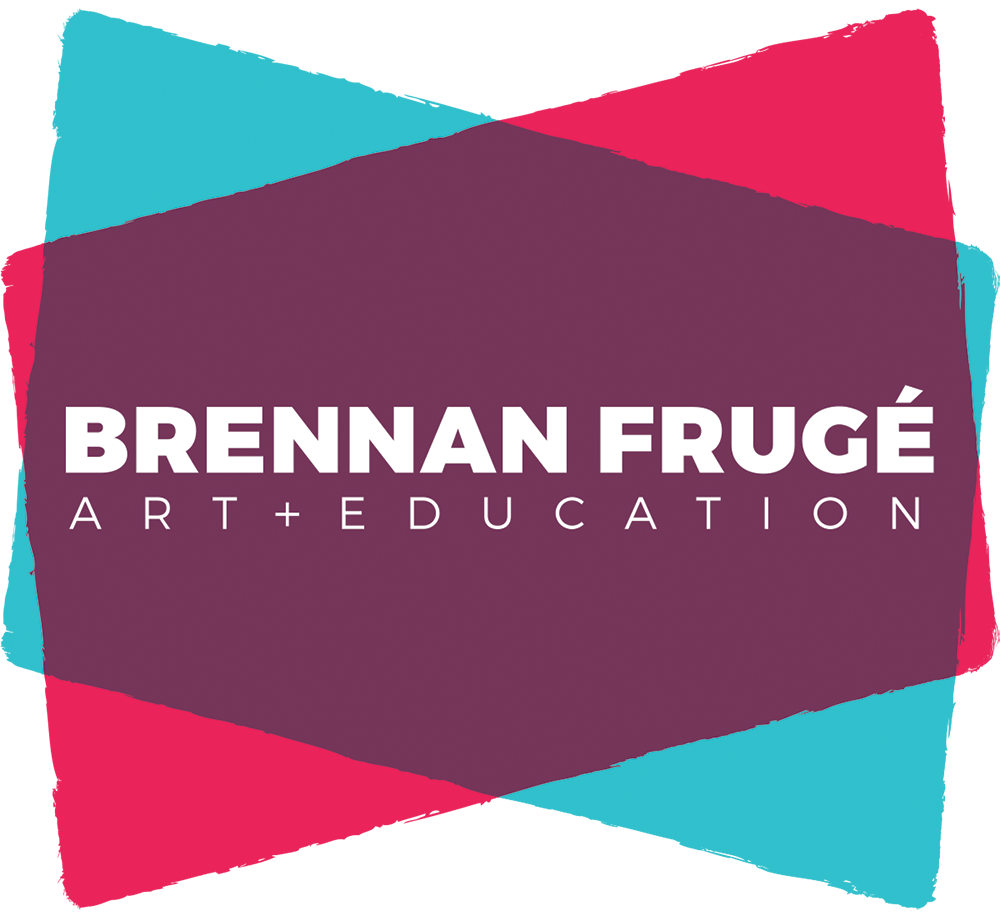Picasso said, “We all know art is not truth. Art is the lie that makes us realize truth.” Making art is a search for truth and meaning. When I am in the process of creation I feel as though I am glimpsing pieces of higher truths. Making art is my attempt to capture those pieces and reassemble them into something I can share with others. Art allows me to innovate, to try doing things in a new way, without fear of failure. Art is not an escape, but a mechanism for connecting with others.
My artwork has a certain graphical, illustrative quality to it—a holdover from a youthful obsession with comic book art. I am also influenced by the Pop Art movement, and by artists like Trenton Doyle Hancock, Billy Hassell, Ken Price, and Matt Wedel. I cherish the art that has influenced me, and I try to demonstrate the effects of that influence in my own work. I am connected to those artists through this influence, and those who see and are influenced by my art are then connected to me. This is just one example of how art connects us all.
I am intentional in my focus on color, shape, and form. I use bold colors in an effort to explore the associations between color and emotions. I am very interested in the symbolic use of color in different cultures, and I strive to make use of that symbolism when it is appropriate. I am fascinated by art as an expression of cultural heritage and love learning about the history of different cultures through their art. There is so much to be learned through art. Take ceramics, for example. I have learned about geology and chemical composition from preparing clay and mixing glazes. I have learned about chemical reactions from monitoring reduction firings in a gas kiln. Through art I gain a broader understanding of the world around me.
The majority of my work outside of an academic setting has been drawing and digital illustrations, but I also paint, create sculptures, and work with ceramics. I believe ceramics will become a new focus for my artistic pursuits moving forward. The majority of the pottery I have created so far is functional, and I enjoy creating items that are beautiful and useful. However, I am excited about exploring the sculptural side of ceramics more in the near future.
I believe that mastery of technique is important. I strive to achieve a certain level of proficiency in each medium that I work with, especially in illustration, sculpture, and ceramics. In this way, I am able to express my creative vision in exactly the way I intended. I believe the skill used in creating the art should be evident in the finished piece, and I aspire to bring a little bit of beauty into the lives of those around me with my art.
The purpose of my art is to elicit amusement and visual delight. The person viewing my art should be able to appreciate it without having to figure out what they are looking at. Also, people viewing my art should be able to enjoy it even if they have no idea what the underlying concept is. I believe that concept is important but not as important as how my art makes people feel. I welcome and encourage new interpretations of my artwork by those viewing it. I believe the truth of my art is not only in my intentions, but also in the assumptions and interpretations made by those who view it. My art is successful if it stimulates interaction and discussion between me and those who are experiencing it. Through this interaction my audience and I will come to understand each other more.
